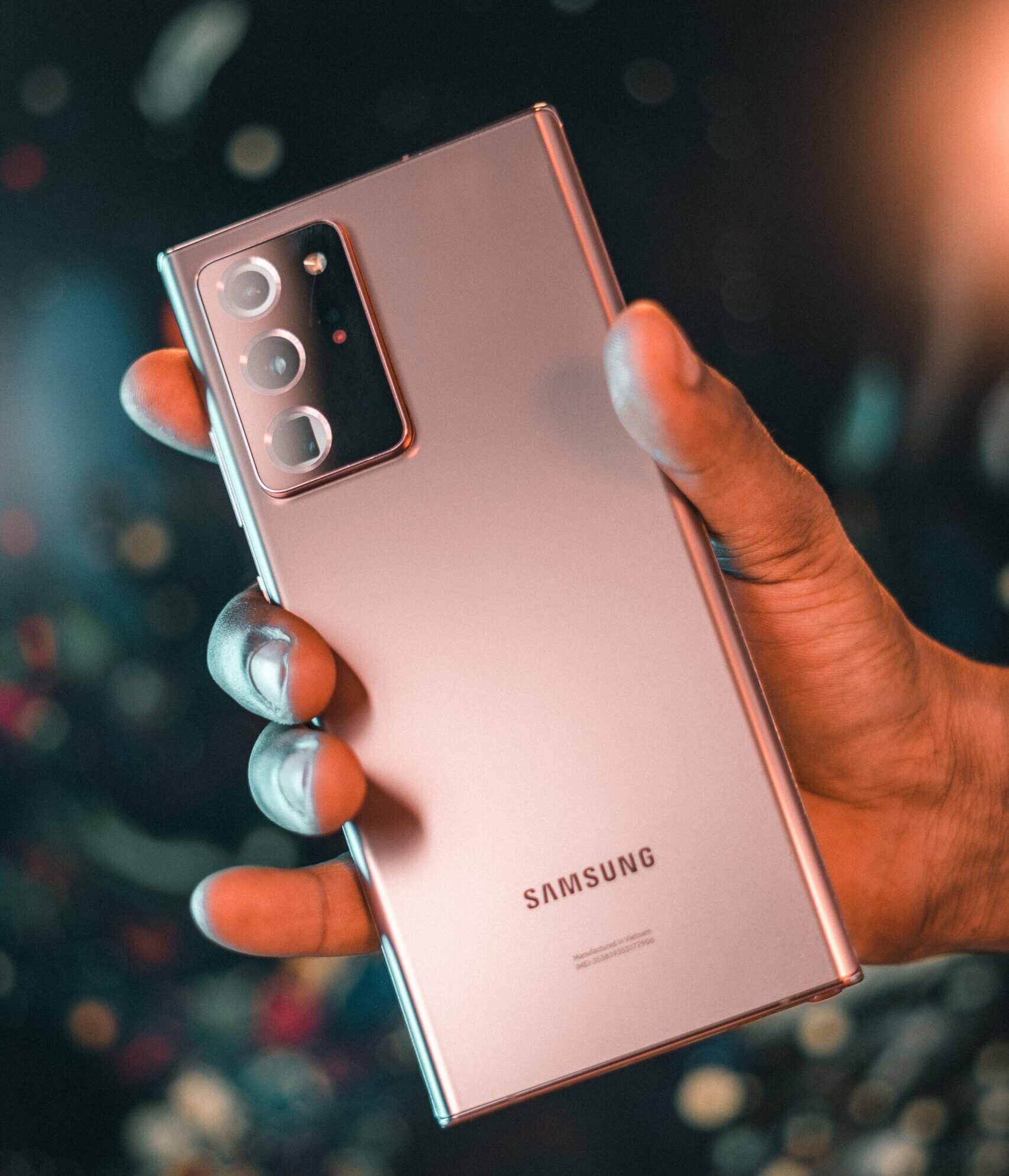Be alert to the signs of viruses. Learn to recognize the risk.
Do you know what malware is? Malware is a program developed by hackers to invade your mobile device and steal your personal data. In general, any device can be hacked, but these invasions can be more worrying if they are on a cell phone, where access to passwords, messages and applications is easier.
To prevent your smartphone from being hacked, be careful about the websites you visit. Any link could be an invitation for malware to infect your device. Avoid opening suspicious ads and messages from unknown senders, as infected links are usually exposed with magical promises such as easy money, emails or WhatsApp messages. Mobile devices are also easily accessible to hackers using public Wi-Fi and Bluetooth networks, so disable these features if you are not using them in public places and do not connect your device to shared networks. Read on for 5 tips to know if your smartphone has a virus.

The battery drains faster
One fast battery consumption does not necessarily mean that your phone is bad. Natural wear and tear on a device can shorten the lifespan of its components. Therefore, to get this tip, you should consider how long you have been using your smartphone.
If your device is used for a long time, short battery life can be the cause of device wear and tear. However, if your phone is not used for a long time and the battery suddenly drains, it could indicate that your phone is infected with malware.
Increased use of mobile data
For this tip, it is recommended to check your mobile data usage regularly to spot changes quickly. Be suspicious if your mobile data usage has increased significantly overnight. To check your usage, simply open your smartphone’s internet settings and compare it with your previous usage.
Users often use a lot of mobile data, but when the device gets a virus, the usage increases significantly, making it easy to know if there is something wrong with the device.
Unknown application
Be suspicious if you see an unknown app that you didn't download. When a smartphone is unlocked, previously unused apps often appear. In this case, do not access this app.
Also, many times other applications that you know and use often start crashing suddenly because malware interferes with the operation of your device.
Surprise announcement
Another sign that your phone has a virus is ads that appear on your home screen or in apps that usually don't have ads. These strange ads usually appear in the form of pop-ups that appear suddenly and block your view of the screen.
Device “on fire”
A hot mobile device does not necessarily mean an infection. Devices are often used during natural wear and tear or while charging. But be careful if any of the other factors on this list appear.
In this case, heating should be a warning sign when the device is not in use. When your phone is attacked by malware, the virus activates in the background and causes your device to overheat.
What to do when you get a virus?
Once you confirm a malware infection, the first step is to inform your family and friends. This is because attackers may try to send messages to these people, impersonate you, ask for money, or discover your personal information. After that, if you have downloaded any unknown apps on your phone, uninstall them and do not try to access them.
Another important tip is to delete any notes that store passwords or personal information and logins. It is also important to change passwords for accounts such as social media, email, and banking as soon as possible. If you are unable to perform these steps when an intrusion is detected, turn off your phone. This will prevent the virus from continuing until these steps can be followed step by step. Finally, it is important to take the infected device to a trusted technical support team so that the malware can be removed.



